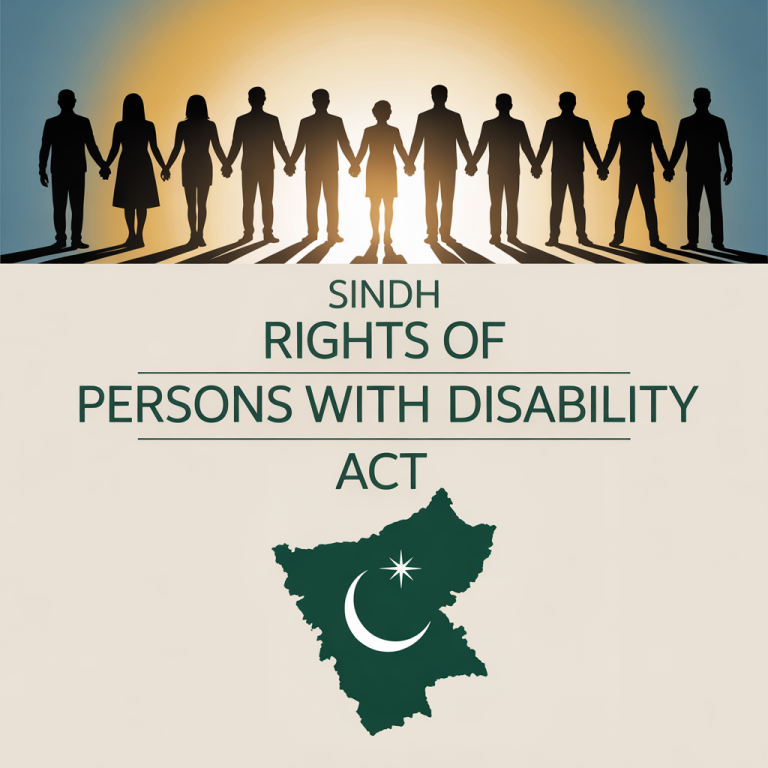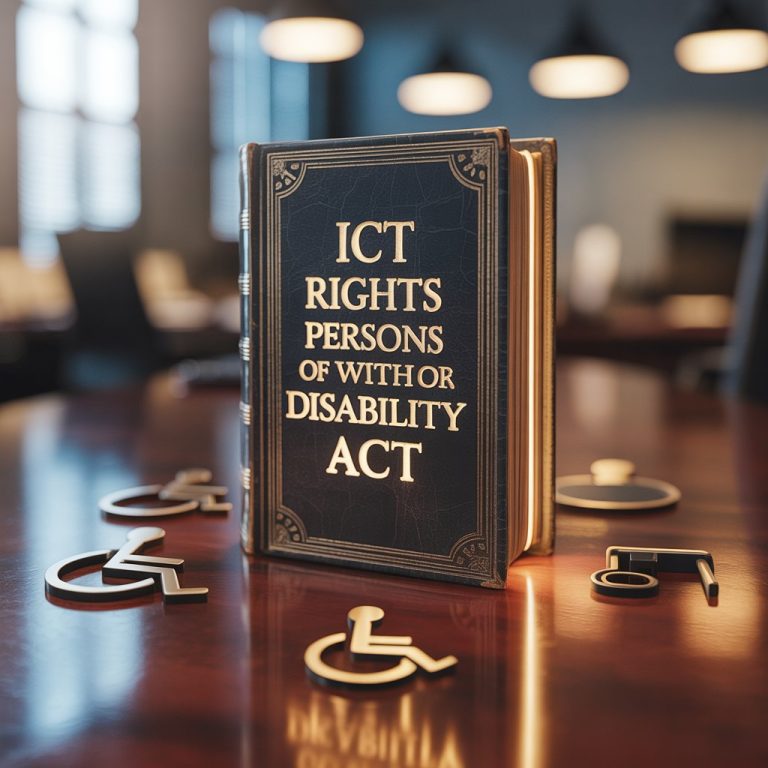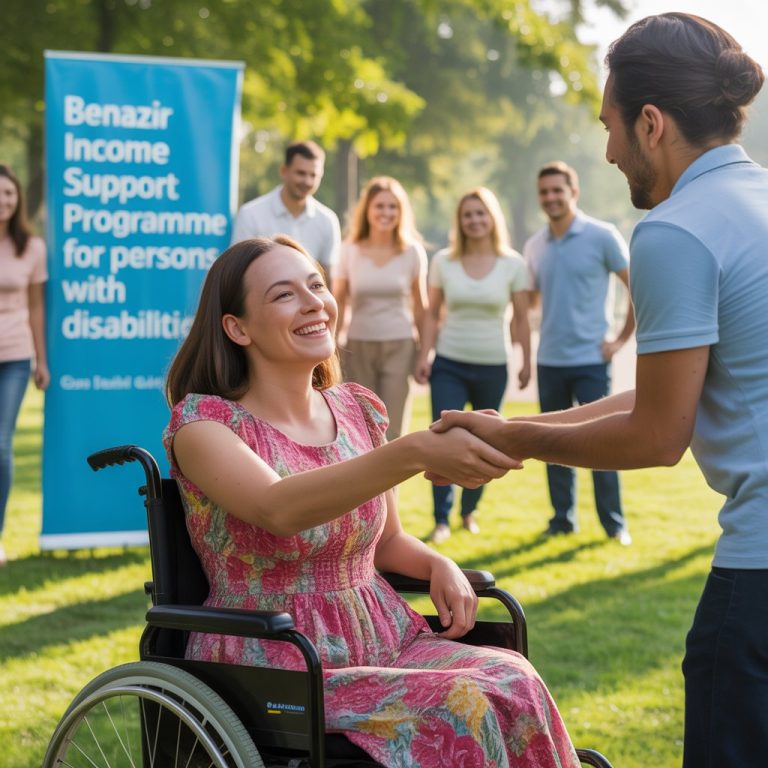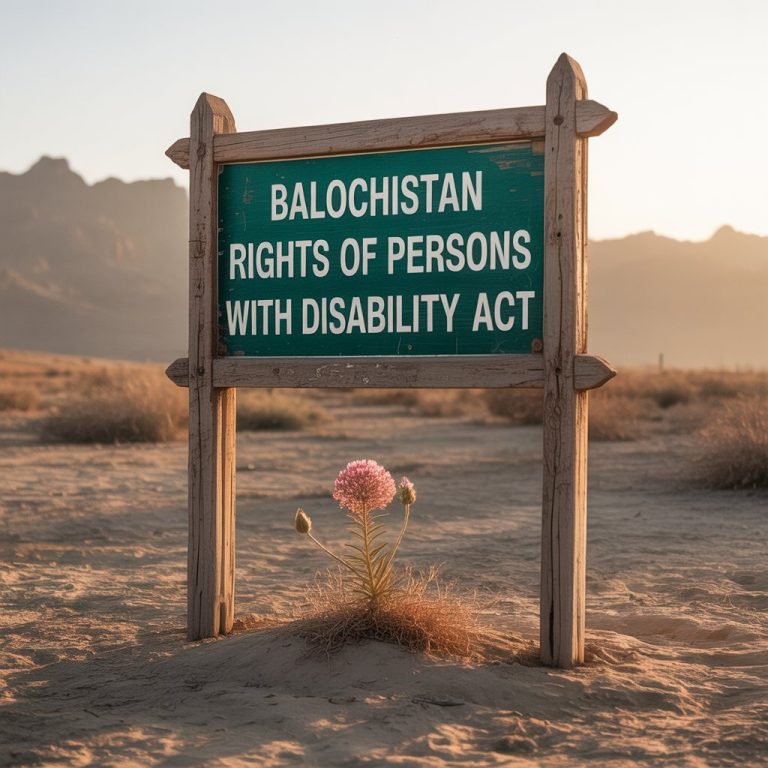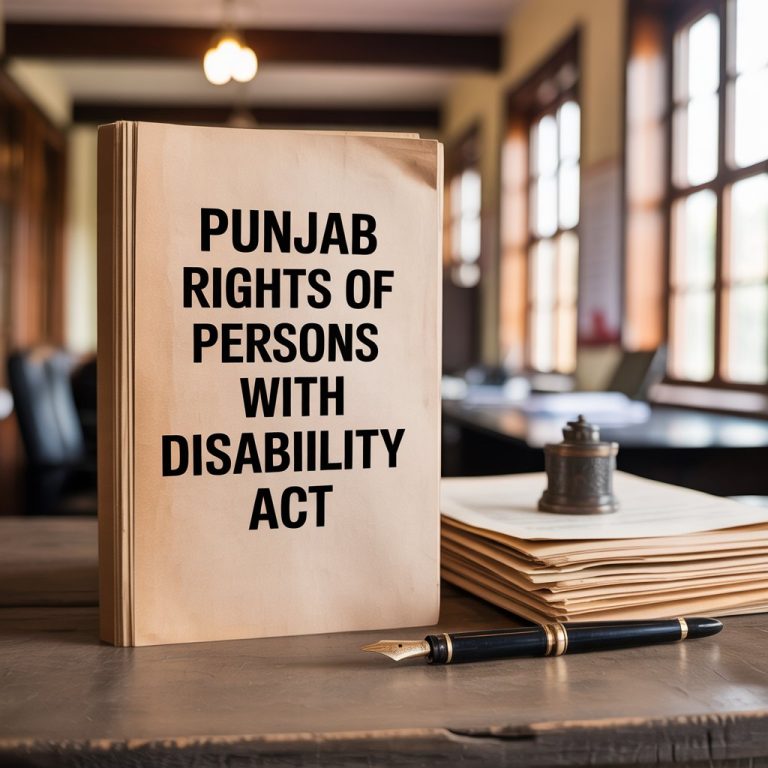Sustainable Development Goals (SDGs)
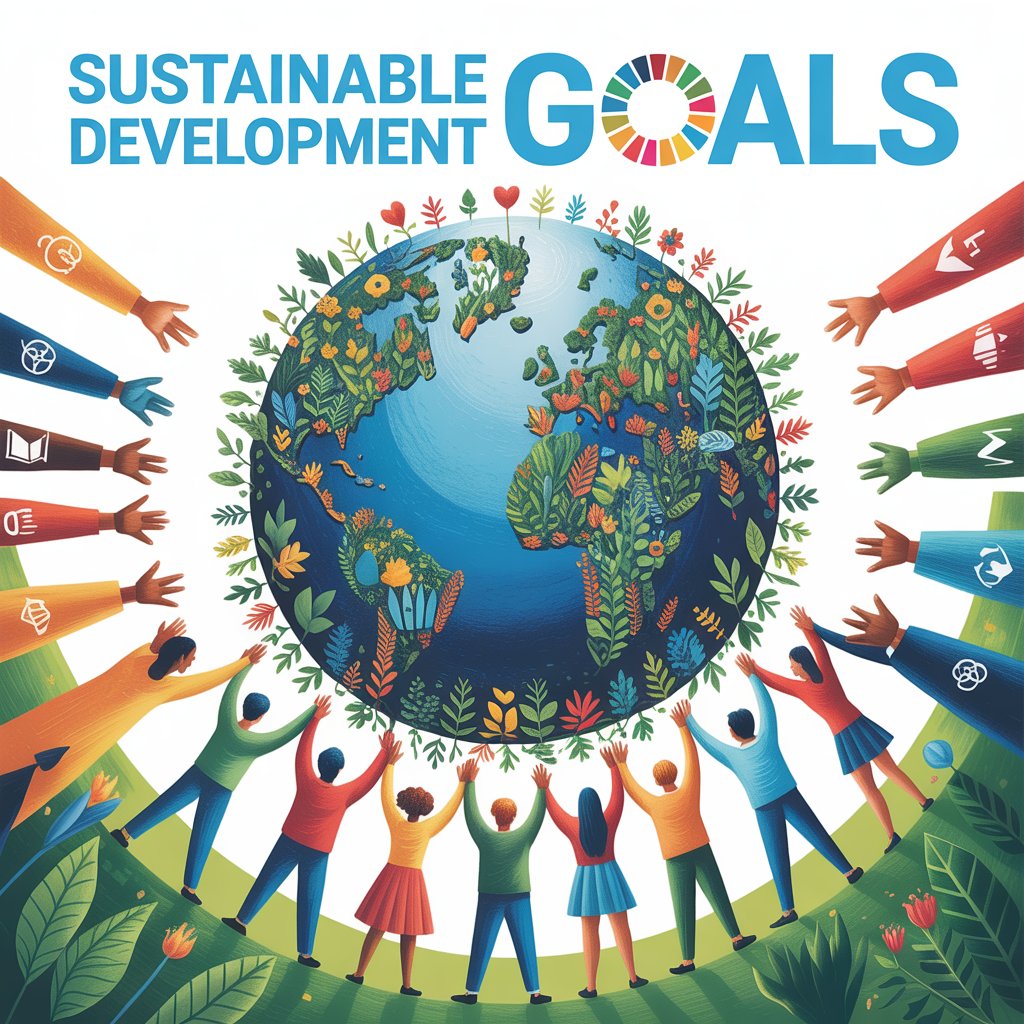
The Sustainable Development Goals (SDGs)—a universal call to action—represent one of the boldest global commitments to ending poverty, protecting the planet, and ensuring prosperity for all. At their core lies a powerful promise: to leave no one behind. Each of the 17 goals holds a vital piece of the solution to today’s most pressing challenges.
Understanding Sustainable Development Goals (SDGs)
The SDGs were adopted in 2015 by all United Nations Member States as a blueprint to achieve a better and more sustainable future by 2030. They follow and expand upon the Millennium Development Goals (MDGs), which expired in 2015, by tackling the root causes of poverty and the universal need for development that works for all people.
Unlike the MDGs, which focused largely on developing countries, the SDGs are universal, inclusive, and interconnected, addressing issues in every country—rich and poor alike.
Why the SDGs Matter in Today’s World
We live in an era of paradox. On one hand, humanity is making technological and scientific breakthroughs like never before. On the other hand, inequality, climate change, hunger, and conflict persist. The SDGs are a strategic effort to reconcile economic growth, social inclusion, and environmental protection—a tall order, but not an impossible one.
These goals matter because they unite governments, private sectors, civil society, and everyday individuals toward a common vision for a sustainable planet.
The 17 Sustainable Development Goals Explained
Each SDG is paired with specific targets and indicators. Together, they form a holistic roadmap for inclusive and sustainable progress across all sectors of society.
Goal 1: No Poverty
Eradicating extreme poverty by 2030 is the first and most ambitious SDG. It calls for social protection systems, equal rights to economic resources, and resilience-building among vulnerable populations.
Key facts:
- Over 700 million people still live on less than $1.90 a day.
- The COVID-19 pandemic pushed an estimated 97 million people into extreme poverty.
Goal 2: Zero Hunger
Hunger is not just about food scarcity—it’s about nutrition, access, and sustainable agriculture. This goal targets food security and improved nutrition for all.
Strategic focus:
- Investing in smallholder farmers
- Strengthening food supply chains
- Reducing food waste
Goal 3: Good Health and Well-being
From maternal mortality to mental health, this goal targets a complete well-being model. Universal Health Coverage (UHC), access to essential medicines, and health financing reforms are critical to achieving it.
Did you know?
Diseases like malaria and tuberculosis have decreased, yet access to basic healthcare remains elusive for millions.
Goal 4: Quality Education
Education fuels innovation, equality, and dignity. This SDG promotes lifelong learning, digital education, and inclusive schooling.
Impact targets:
- Equal access to early childhood education
- Affordable tertiary education
- Increased literacy and numeracy rates
Goal 5: Gender Equality
Women and girls remain disproportionately affected by poverty, violence, and limited access to power. This goal aims for equal rights, equal pay, and equal voice.
Noteworthy fact:
When women participate equally in economies, GDPs rise and social well-being improves.
Goal 6: Clean Water and Sanitation
Over 2 billion people lack safely managed drinking water. This goal seeks to ensure availability and sustainable management of water for all.
Tactics include:
- Investing in water infrastructure
- Promoting hygiene awareness
- Preventing pollution in freshwater sources
Goal 7: Affordable and Clean Energy
Energy powers progress. This SDG pushes for access to affordable, reliable, and sustainable energy—especially renewables like wind and solar.
Current challenge:
Around 675 million people worldwide still live without electricity.
Goal 8: Decent Work and Economic Growth
This goal fosters sustainable economic growth, full and productive employment, and decent work for all.
Focus areas:
- Eliminating forced labor and child labor
- Supporting startups and SMEs
- Green economy transition
Goal 9: Industry, Innovation, and Infrastructure
Modern economies require resilient infrastructure, inclusive industrialization, and innovation. This goal connects economic progress with sustainability.
Highlight:
Internet access is now considered basic infrastructure in many regions.
Goal 10: Reduced Inequality
From income inequality to discrimination, this SDG tackles gaps in opportunity and outcome—locally and globally.
Action points:
- Fiscal, wage, and social protection policies
- Empowering migration frameworks
- Promoting political inclusion
Goal 11: Sustainable Cities and Communities
Urban areas must be inclusive, safe, resilient, and sustainable. From public transport to disaster preparedness, this goal addresses every facet of urban life.
Fast fact:
By 2050, nearly 70% of the world’s population will live in urban areas.
Goal 12: Responsible Consumption and Production
This SDG calls on individuals, industries, and governments to consume mindfully and produce efficiently.
Tools for change:
- Circular economy principles
- Sustainable supply chains
- Consumer education
Goal 13: Climate Action
The climate crisis is accelerating. This goal aims to integrate climate measures into policies, improve resilience, and raise awareness.
Urgency alert:
Global CO₂ emissions must be halved by 2030 to avoid the worst effects of climate change.
Goal 14: Life Below Water
Oceans regulate our climate and provide food and livelihoods. Yet, they face threats from pollution, acidification, and overfishing.
SDG strategies:
- Protecting marine ecosystems
- Reducing plastic use
- Enforcing sustainable fishing
Goal 15: Life on Land
Land degradation affects nearly 30% of the Earth’s surface. This goal promotes biodiversity conservation, reforestation, and sustainable land use.
Goal 16: Peace, Justice, and Strong Institutions
Sustainable development cannot happen without peace and strong institutions. This SDG tackles justice, transparency, and rule of law.
Global priority:
Reducing corruption and promoting inclusive governance.
Goal 17: Partnerships for the Goals
Achieving all these goals requires global solidarity. This SDG promotes multi-stakeholder partnerships, financing mechanisms, and cross-border cooperation.
How SDGs Interconnect and Depend on One Another
No SDG stands alone. Quality education (Goal 4) impacts gender equality (Goal 5), which in turn boosts economic growth (Goal 8). The synergy between goals is essential for holistic progress.
Challenges in Achieving SDGs
While the ambition is noble, challenges remain:
- Financing gaps
- Political instability
- Inadequate data collection
- Insufficient coordination
Role of Governments in SDG Achievement
Governments must localize SDGs, integrate them into national plans, and create enabling policies. Without state commitment, global progress will stall.
Private Sector Contribution to SDGs
From sustainable sourcing to inclusive hiring, businesses play a huge role. Corporations like Unilever, IKEA, and Microsoft have aligned their strategies with SDGs.
SDGs and Civil Society Engagement
NGOs, community groups, and activists are vital in monitoring accountability, advocating for marginalized voices, and executing grassroots interventions.
Youth and the SDG Movement
Young people are the most dynamic force in SDG implementation—bringing innovation, activism, and energy to the table.
Technology and Innovation in Advancing SDGs
AI, blockchain, remote sensing, and mobile tech are revolutionizing data collection, service delivery, and accountability mechanisms for SDG progress.
Finance and the SDGs
UNDP estimates that $5-7 trillion per year is required to meet the SDGs. Public-private finance, green bonds, and philanthropy are closing the gap.
Monitoring and Evaluating SDG Progress
UN agencies and national governments use over 230 indicators to monitor progress. Transparent reporting is key to course correction.
The SDGs in Post-Pandemic Recovery
COVID-19 both hindered and reshaped the SDGs. It exposed systemic gaps but also opened doors for resilient, inclusive recovery.
Case Studies: Countries Making SDG Strides
- Rwanda: Pioneered universal healthcare and clean energy.
- Costa Rica: Excelled in biodiversity and renewable energy.
- Sweden: Consistently ranks among top SDG performers.
What You Can Do to Support the SDGs
- Reduce waste and plastic use
- Volunteer in local sustainability initiatives
- Use public transport and support ethical brands
- Educate others about the goals
Future Outlook: Beyond 2030 Agenda
The SDGs are just a milestone. A truly sustainable future will require adaptive goals beyond 2030—addressing digital ethics, AI governance, and global equity.
FAQs
What are Sustainable Development Goals (SDGs)?
They are 17 global goals adopted by the UN to end poverty, protect the environment, and ensure prosperity for all by 2030.
How many SDGs are there?
There are 17 goals and 169 specific targets under the SDG framework.
Who is responsible for implementing the SDGs?
All stakeholders—governments, businesses, civil society, and individuals—are responsible.
Are the SDGs legally binding?
No, but countries have made voluntary commitments, and progress is monitored through regular reporting.
How are SDGs measured?
Using a framework of 232 indicators across 169 targets, tracked by the UN and national statistical bodies.
Why are SDGs important for businesses?
Aligning with SDGs can boost a company’s brand, open new markets, and foster long-term profitability.
Conclusion
The Sustainable Development Goals (SDGs) are not just aspirational—they’re actionable. They provide a unified path forward in a fragmented world. Whether you’re a policymaker, entrepreneur, student, or concerned citizen, you have a role in shaping a sustainable future. The clock is ticking—but there’s still time.
